
In October 2005, the District of Columbia (DC) enacted the “Prescription Drug Excessive Pricing Act of 2005.” [Text]. As its name implies, the legislation prevents excessive pricing of patented drugs.
(a) A prima facie case of excessive pricing shall be established where the wholesale price of a patented prescription drug in the District is over 30 percent higher than the comparable price in any high income country in which the product is protected by patents or other exclusive marketing rights.
(b) [If a prima facie case is made, a defense is to show that the] given prescription drug is not excessively priced given demonstrated costs of invention, development and production of the prescription drug, global sales and profits to date, consideration of any government funded research that supported the development of the drug, and the impact of price on access to the prescription drug by residents and the government of the District of Columbia.
BIO and PhRMA immediately filed suit charging that the law was an unconstitutional violation of the Dormant Commerce Clause and the Foreign Commerce Clause, and asserted that the legislation was preempted under the Federal Patent Act. [Complaint].
The DC District Court quickly invalidated the legislation as both preempted and unconstitutional. [Opinion].
Now, the case is up on appeal at the Federal Circuit (05cv02015).
- In a dramatic press release, WilmerHale calls the law “sweeping and draconian” …
- STUDENT NOTE TOPIC: This case provides for an interesting note topic focusing on which appellate courts should have jurisdiction over constitutional and other challenges to the patent laws. (CAFC vs. Regional Circuits).
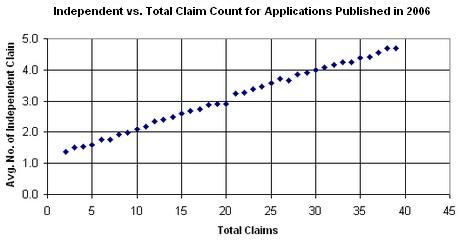

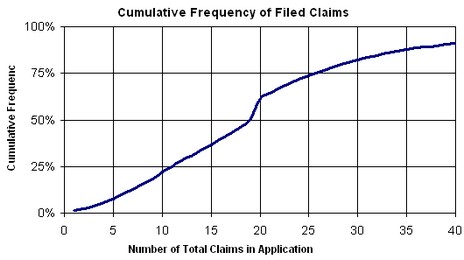

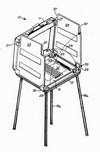 September 19, 2006 is primary day here in Massachusetts. In the recent Patently-O readership poll, 542 readers cast their vote (one per computer). Those results show that slightly over half of the voting readers work in law firms. Of those, two-fifths are in small firms. Twenty-two percent of readers hail from in-house jobs in corporate America while about fifteen percent come from academia. Government jobs only grabbed eight percent — although that category was not added until after 150 people had already voted. Thanks for participating!
September 19, 2006 is primary day here in Massachusetts. In the recent Patently-O readership poll, 542 readers cast their vote (one per computer). Those results show that slightly over half of the voting readers work in law firms. Of those, two-fifths are in small firms. Twenty-two percent of readers hail from in-house jobs in corporate America while about fifteen percent come from academia. Government jobs only grabbed eight percent — although that category was not added until after 150 people had already voted. Thanks for participating!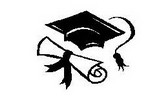 Patent Reform:
Patent Reform:  MIT v. Abacus Software (Fed. Cir. 2006).
MIT v. Abacus Software (Fed. Cir. 2006).  A number of studies have shown that patent valuation is highly skewed. The majority of patents are barely worth enough to cover prosecution costs, a substantial number have a moderate return, and a few are highly valuable. Chris Anderson just wrote a book on taking advantage of highly-skewed markets — titled
A number of studies have shown that patent valuation is highly skewed. The majority of patents are barely worth enough to cover prosecution costs, a substantial number have a moderate return, and a few are highly valuable. Chris Anderson just wrote a book on taking advantage of highly-skewed markets — titled  Lots of people think of the state-run lottery as a total scam because the expected value of a one dollar ticket is only about fifty cents. The state rakes-in about half of the cost of every ticket and pays the other half out in winnings. For anyone interested in wealth management and growth — this is not a good investment strategy. But, the state-run lottery is hugely popular with billions of dollars thrown at the system every year by hopeful winners. ($1.8b in Illinois alone in FY2005). People explain this phenom in many ways — usually some combination of arguments such as: (1) the thrill of playing is worth the fifty-cent loss, (2) we generally don’t do well calculating the return low odds, and (3) we make stupid choices. [Note here that I have purchased a number lottery tickets in the past — especially when the jackpot is very large.]
Lots of people think of the state-run lottery as a total scam because the expected value of a one dollar ticket is only about fifty cents. The state rakes-in about half of the cost of every ticket and pays the other half out in winnings. For anyone interested in wealth management and growth — this is not a good investment strategy. But, the state-run lottery is hugely popular with billions of dollars thrown at the system every year by hopeful winners. ($1.8b in Illinois alone in FY2005). People explain this phenom in many ways — usually some combination of arguments such as: (1) the thrill of playing is worth the fifty-cent loss, (2) we generally don’t do well calculating the return low odds, and (3) we make stupid choices. [Note here that I have purchased a number lottery tickets in the past — especially when the jackpot is very large.]
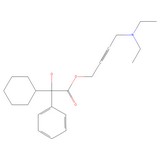 Alza v. Mylan (Fed. Cir. 2006,
Alza v. Mylan (Fed. Cir. 2006,